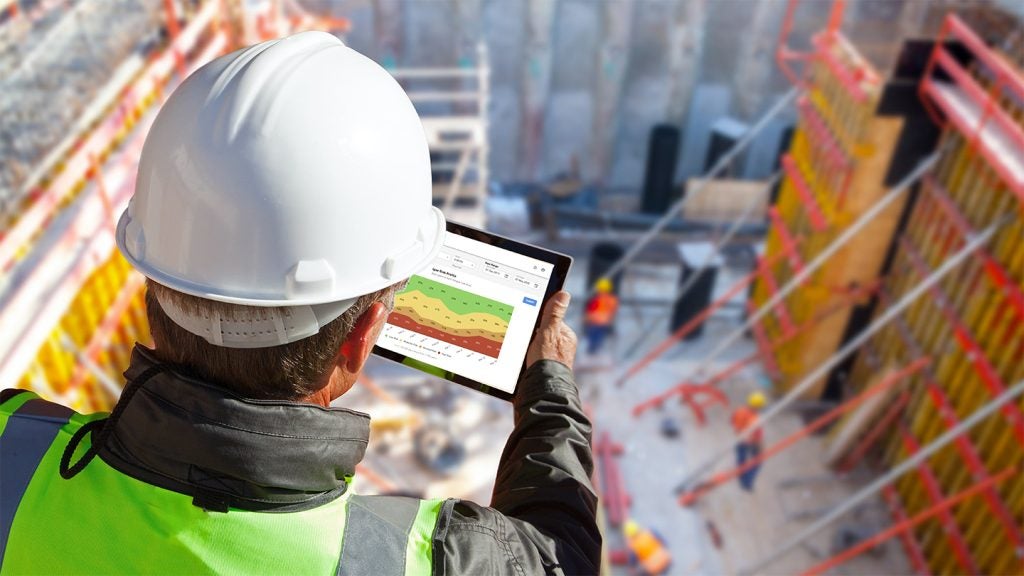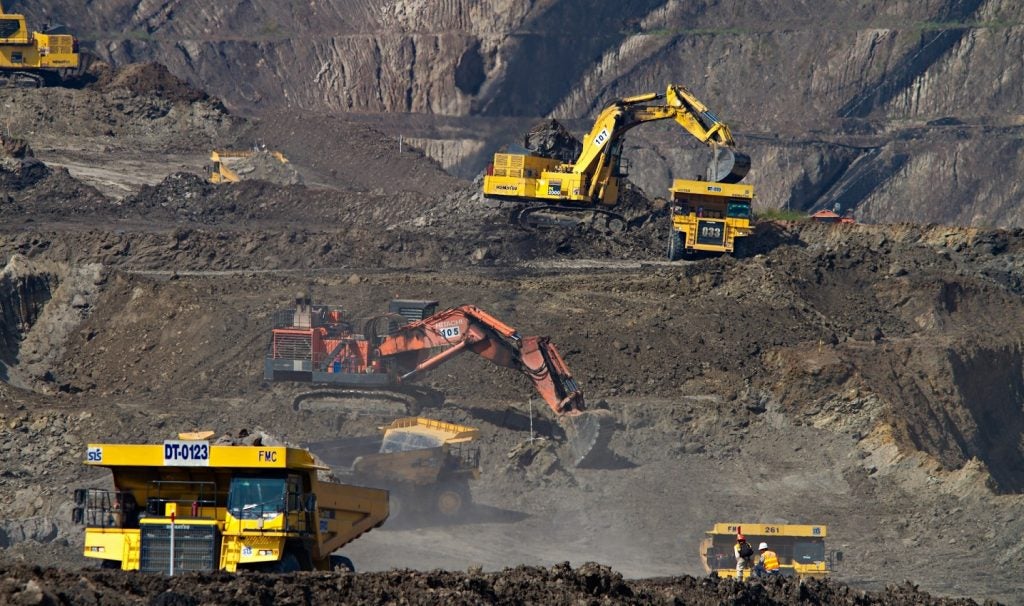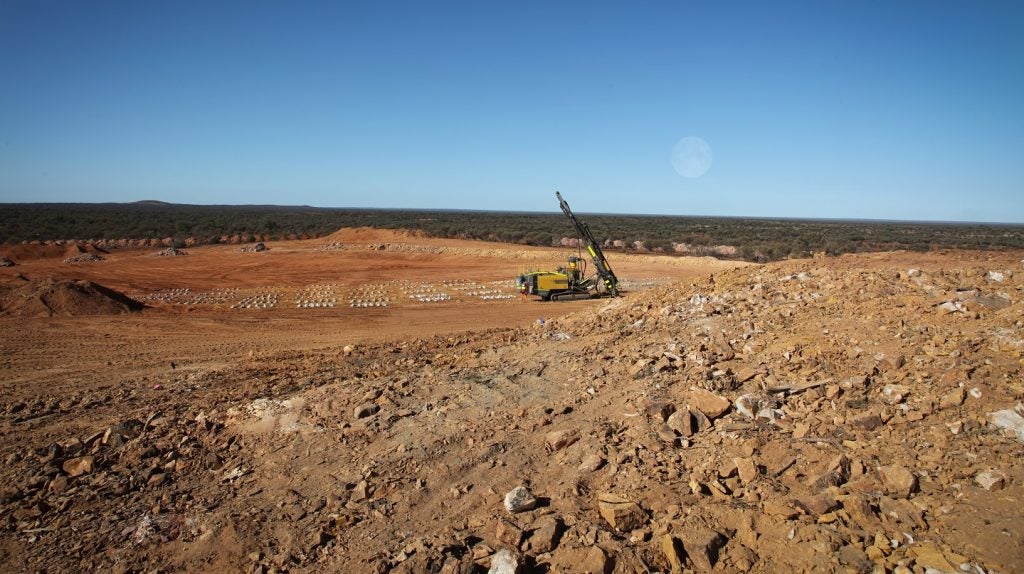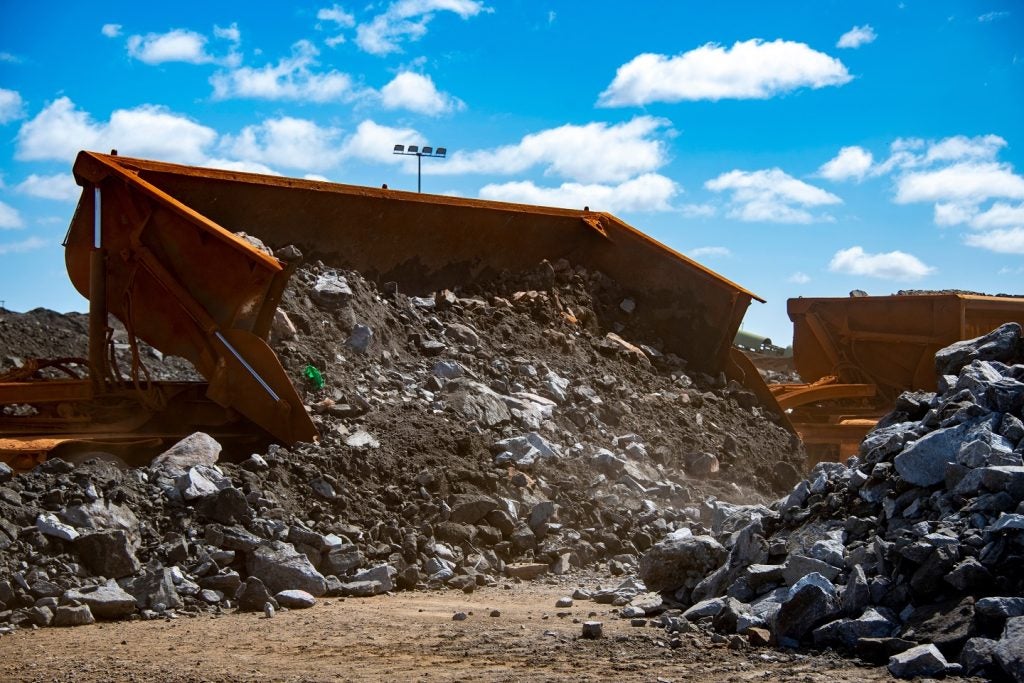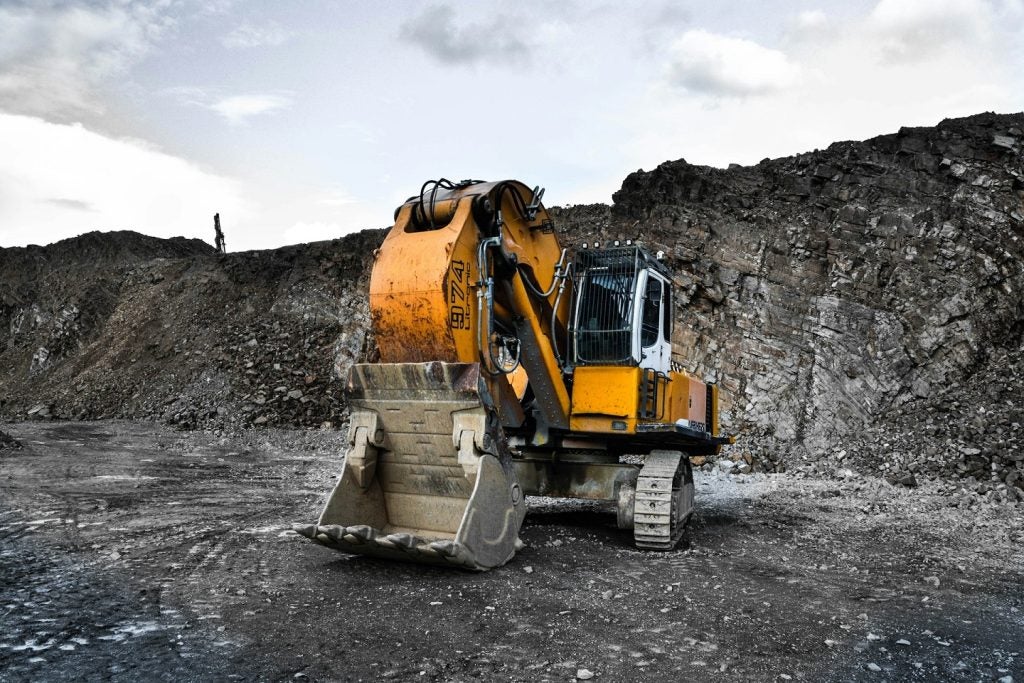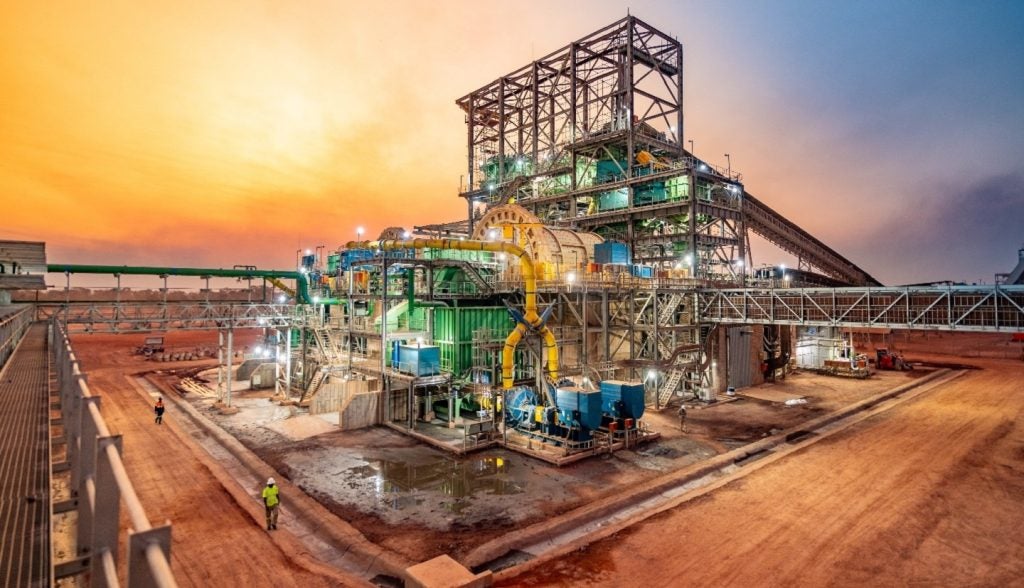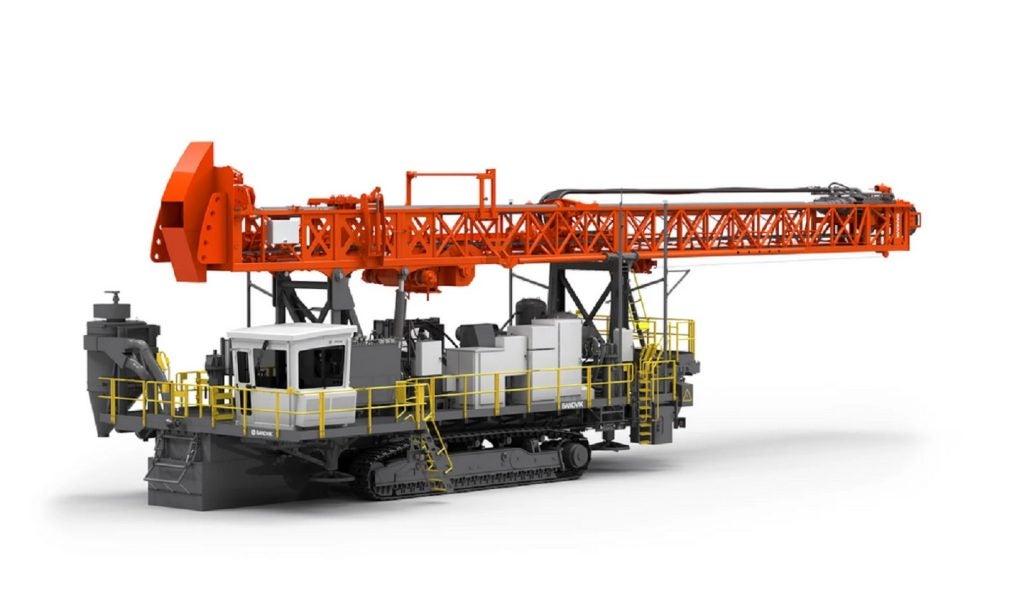In mining, health and safety is of critical importance. Given the nature of the work and the risks present in the working environment – from falls and collapses to the heavy vehicles being used on site – ensuring workers are safe is essential. Although miners can take steps to protect against the physical environment, they must also ensure employees are present and engaged in their work to guard against human-related accidents.
Readi, a predictive fatigue management software suite from Canada-based Fatigue Science, is being adopted by mining leaders in an effort to address worker fatigue proactively – but how important is the issue, what is Readi and what are the benefits of using it?
We caught up with Bryden Waggott, vice-president for product at Fatigue Science, to talk about the product and how it is helping address this issue at some of the world’s busiest mines.
Andrew Tunnicliffe (AT): How dangerous is the risk of operator fatigue in the mining environment and why is it ever-present?
Bryden Waggott (BW): Operator fatigue in mining is extremely dangerous, contributing significantly to accidents due to the complex and hazardous nature of the work. Long shifts, often 12 hours or more, combined with the physically and mentally demanding tasks, increase fatigue. Furthermore, many workers follow a fly-in, fly-out model, leading to disrupted sleep patterns and increased stress, both of which exacerbate fatigue-related risks.
AT: In recent years, technologies such as driver-facing cameras and alarm systems have been deployed. How do they work and how effective have they been?
BW: Driver-facing cameras and alarm systems are reactive or lagging indicator technologies designed to monitor signs of fatigue like eyelid closure or head nodding. When potential fatigue is detected, alarms alert the operator and supervisors.
While these systems have been effective in reducing some risks, they primarily act after fatigue signs are evident, rather than preventing fatigue. This does not prevent an operator from being put in a risky situation, it simply informs a supervisor that a risky situation is in process. At Fatigue Science, we aim to reduce or even stop this situation from occurring.
AT: Although having proved to be critical for the safety of the mine and those working in it, as you have suggested these technologies do have some associated pitfalls. Are there any other concerns we should be mindful of?
BW: Any strong safety system must measure both leading and lagging indicators. In-cab systems are critical, but they are only completing part of the job when it comes to fatigue. Although beneficial, these technologies can sometimes lead to decreased productivity and distraction.
For example, false alarms are a real problem for these systems, but they must be acted upon, which diverts control room staff’s attention from other critical monitoring tasks. Additionally, workers may feel their privacy is invaded, which can impact morale and trust.
AT: In addition to these cameras, you have developed and are advocating for proactive fatigue management strategies and technologies. What are these and can they be combined?
BW: Proactive strategies, unlike reactive systems such as driver-facing cameras, aim to prevent fatigue before it occurs. Our technology, Readi, predicts fatigue levels using biometric and sleep data, allowing for better scheduling and risk management. Incorporating both methods ensures the organisation is employing both leading and lagging indicators to manage fatigue, allowing both proactive and reactive intervention when needed. This helps build a long-term solution to manage fatigue.
AT: What is Readi and how did it come to be?
BW: Readi is a predictive fatigue management software suite developed to address the need for proactive fatigue monitoring in safety-sensitive industries. It was created by integrating scientific research on sleep and circadian rhythms with practical, user-friendly technology, providing forecasts of fatigue based on sleep data. In a nutshell, if Readi can get actual or estimated information on a worker's previous ten days of sleep, an extremely accurate picture of their fatigue level for the next 18 hours can be predicted.
AT: How is what Readi tells you interpreted by shift supervisors and what practical impact might that have on a shift and how staff are managed?
BW: Shift supervisors use Readi's data to make informed decisions about workforce management. Before shifts, supervisors can adjust schedules or activities based on predicted fatigue levels. During shifts, real-time data helps in managing tasks more safely and efficiently, reducing the likelihood of fatigue-related incidents.
In practical terms, a supervisor will receive notifications to their mobile device or workstation informing them of the individual experiencing, or about to experience, the most severe fatigue risk. They can immediately initiate action or review a forecast (18 hours to 14 days) for their crew to determine the best course of action to mitigate the risk.
AT: What other insights does the system provide and how can they be used for safer and more efficient mine operations?
BW: Readi offers detailed insights on individual operator fatigue levels, allowing for personalised management strategies. These insights can also be applied to a broader employee group, allowing a supervisor or manager to forecast fatigue risk across their entire group.
The data is also available for historical insights, allowing a manager to review previous risk and how their mitigation strategies and scheduling helped create a safer workplace. The tool also allows a supervisor or manager to conduct 14-day comparisons to detect risk and potential disruptions as well as a full scheduling simulation tool that returns extremely detailed results to help adjust shifts and employee activities into the least risky scenarios.
This data can also be used to optimise crew work schedules, enhance training on fatigue management and improve overall operational efficiency, thus ensuring a safer working environment.
AT: How is this data collected?
BW: There are essentially two options: wearable data from a device worn by the operators; or non-wearable data that relies on employee demographics, a sleep survey and Fatigue Sciences' machine learning (ML) solution, ReadiML. Having a wearable is an excellent option but presents a few barriers – cost, privacy and so on – that might make it unattainable. The non-wearable option removes these barriers and can still present a high degree of accuracy.
This innovative approach uses ML to analyse patterns in a vast dataset to estimate and predict fatigue levels without the need for direct physical monitoring. This technology allows for scalable, privacy-centric fatigue management across a workforce where wearables may not be feasible or preferred.
By integrating both wearable and non-wearable solutions, Fatigue Science provides a comprehensive toolkit that addresses various operational needs and preferences, ensuring all employees have access to effective fatigue management strategies. This holistic approach, combining technology, education and organisational policies, is crucial in creating a culture that prioritises safety and well-being, while embracing innovative technologies.
AT: Do you have any real-life examples of the positive impact the system is having at a working mine?
BW: Its implementation at Newmont, one of the leading gold producers, serves as a prime example of the technology's significant impact on operational efficiency and safety. Its deployment allowed for better fatigue management through predictive data, leading to enhanced decision-making regarding workforce scheduling and task assignments.
As a result, Newmont observed measurable improvements in safety and a reduction in fatigue-related incidents. On average, fatigue-related lost-time incidents are projected to decrease by 26%; consequently, total lost-time incidents are projected to decrease by 13%. Increases in operational efficiency have been measured and correlated with a decrease in fatigued employees. These increases have been estimated to result in approximately $1m in cost-efficiency savings per mine site.


